
Roots
A quiet inquiry often surfaces when we consider the intimate relationship between our scalp, our strands, and the coverings we choose. Does the gentle embrace of a bonnet truly allow the scalp to breathe, or does it create a veiled world where air, that unseen sustenance, struggles to reach its surface? This consideration extends beyond simple practicality; it touches upon the very well-being of our hair’s genesis point. To truly comprehend the influence of bonnets on scalp air circulation, we must first journey to the fundamental biological processes that govern this living canvas.
The scalp, a specialized expanse of skin, serves as the very foundation for our hair. Beneath its surface reside millions of tiny hair follicles, each a miniature organ dedicated to producing a single strand. These follicles are not merely passive anchors; they are active, dynamic structures surrounded by a rich network of blood vessels, nerves, and sebaceous glands. These glands produce sebum, a natural oil that lubricates the hair and scalp, providing a protective layer.
The scalp itself is a living ecosystem, home to a diverse community of microorganisms, collectively known as the scalp microbiome. This intricate balance of bacteria and fungi plays a quiet yet profound role in maintaining scalp health.
Air circulation around the scalp supports several vital physiological functions. It facilitates the evaporation of sweat, a natural cooling mechanism for the body, and helps to regulate the scalp’s surface temperature. Proper airflow also aids in the dispersion of sebum and environmental particles, preventing their accumulation.
When this natural ventilation is altered, as it can be by various head coverings, the microenvironment of the scalp undergoes a shift. The air directly adjacent to the scalp becomes more stagnant, potentially leading to changes in temperature, humidity, and the composition of the microbial community.
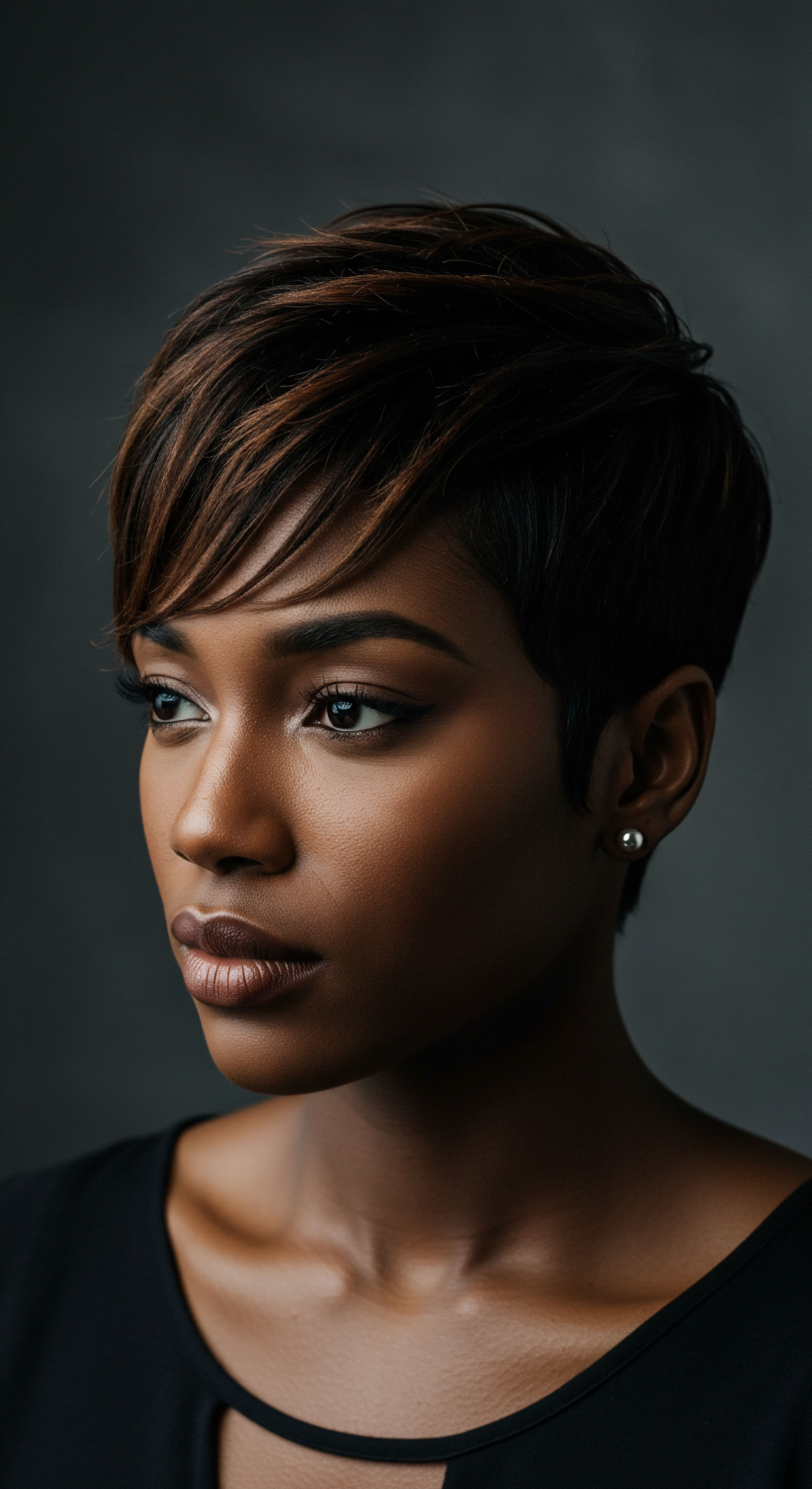
The Scalp as a Living Microenvironment
Our scalp is a landscape of microscopic activity. Every inch hosts a bustling community of microorganisms, living in a delicate equilibrium. This biological tapestry is influenced by a multitude of factors, including genetics, diet, hygiene practices, and the external environment.
The stratum corneum, the outermost layer of the skin, provides a protective barrier, and its integrity is closely linked to the health of the underlying follicles. When we introduce an external element like a bonnet, we introduce a new variable into this finely tuned system, one that can subtly alter the conditions within this epidermal ecosystem.
Consider the natural process of transpiration, where moisture escapes from the skin’s surface. In an open environment, this evaporation occurs freely, helping to keep the scalp cool and dry. When a barrier is placed over the scalp, this evaporative process is hindered. The moisture, whether from sweat or residual product, becomes trapped.
This leads to an increase in localized humidity and temperature, creating a warmer, more humid environment. Such conditions, while seemingly minor, can have cascading effects on the delicate balance of the scalp’s natural processes.
The scalp, a dynamic biological landscape, relies on consistent air circulation to maintain its delicate microbial balance and temperature regulation.
This alteration of the scalp’s microclimate can influence the activity of sebaceous glands. While sebum is a protective substance, its excessive accumulation in a humid, occluded environment can provide a breeding ground for certain microorganisms. The interplay between increased moisture, altered temperature, and sebum levels creates a unique set of circumstances that the scalp must adapt to. Understanding these foundational elements of scalp biology and its interaction with the surrounding atmosphere is a primary step in discerning the role of bonnets in hair care.
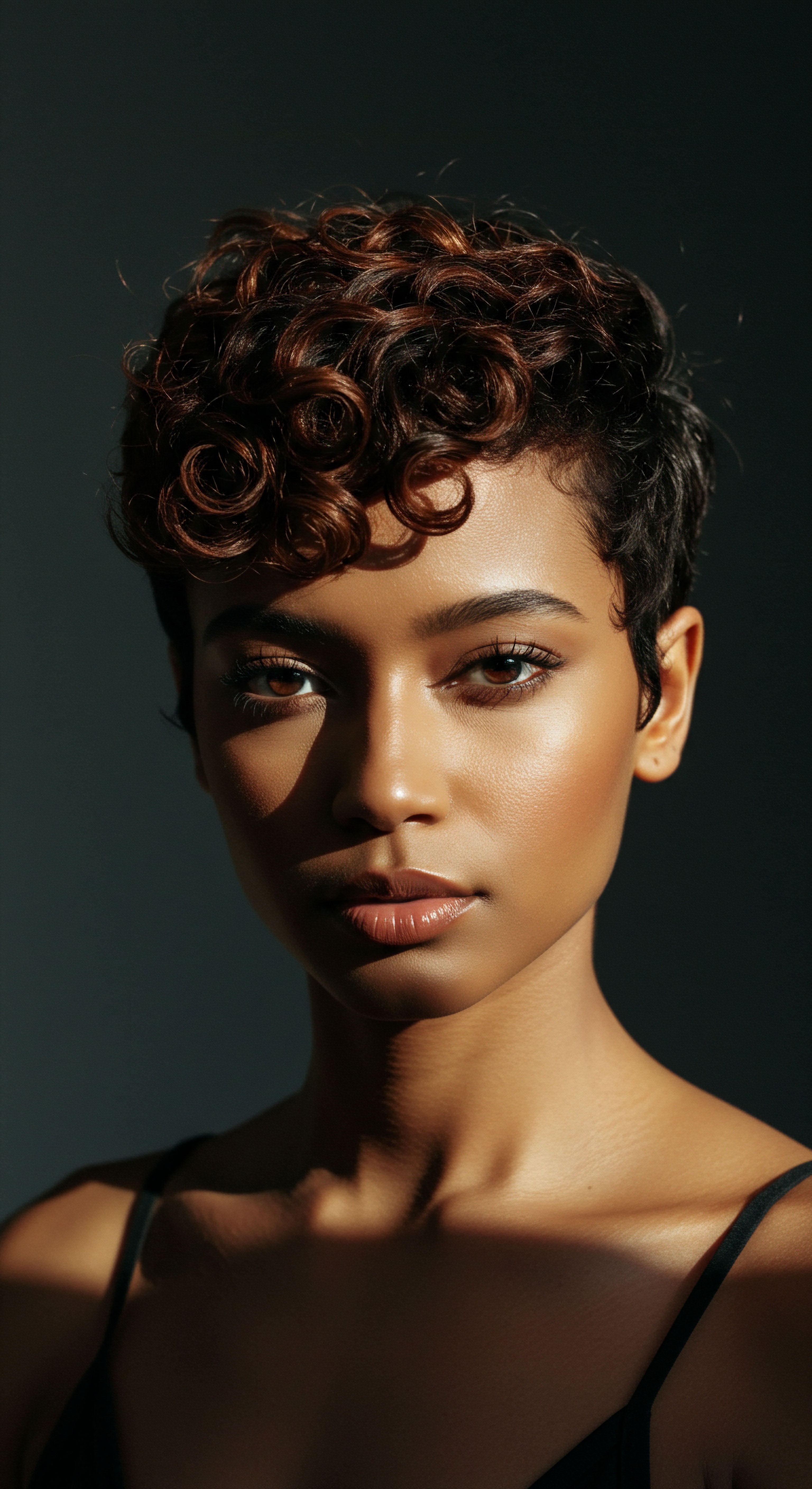
Ritual
For generations, the practice of covering one’s hair, particularly at night, has been a cherished custom across many cultures, holding special significance within textured hair communities. The bonnet, in its modern iteration, has become a comforting symbol of nighttime hair preservation, a quiet guardian against friction and moisture loss. Yet, as with any long-standing custom, questions arise concerning its practical effects. How does this beloved ritual, performed with care and intention, truly interact with the scalp’s need for air?
The primary purpose of a bonnet is to shield hair from the abrasive contact with bedding materials, such as cotton pillowcases, which can strip strands of their natural moisture and lead to breakage. Materials like silk and satin, with their smooth surfaces, minimize this friction, allowing hair to glide freely rather than snagging. They also act as a gentle barrier, helping to retain the hair’s natural oils and applied conditioning treatments. This protective action is widely celebrated for its ability to preserve hairstyles and maintain hair health, especially for delicate, textured hair prone to dryness and tangles.
However, the very act of covering the scalp introduces a degree of occlusion. The extent to which this occlusion impacts air circulation depends significantly on the bonnet’s material, its fit, and the wearer’s individual physiological responses. A loosely fitting bonnet crafted from a highly breathable material will allow for a greater exchange of air than a tight, dense fabric. The difference in breathability between materials like natural silk and synthetic satin, or between a loose knit and a tightly woven fabric, can alter the scalp’s immediate environment in distinct ways.

Material Matters for Scalp Airflow
The choice of bonnet material is a significant factor in determining the degree of scalp ventilation. Different fabrics possess varying degrees of permeability, which refers to their ability to allow air and moisture vapor to pass through.
- Silk ❉ A natural protein fiber, silk is known for its smooth texture and inherent breathability. Its structure allows for some air exchange, making it a more forgiving option for scalp ventilation compared to less permeable materials.
- Satin ❉ Often made from synthetic fibers like polyester, satin is a weave, not a fiber. While smooth, its breathability can vary widely based on the specific synthetic composition and tightness of the weave. Some synthetic satins may trap more heat and moisture than natural silk.
- Cotton ❉ While comfortable for general wear, cotton absorbs moisture. If used as a bonnet material, especially a thick one, it can become saturated with sweat and product, potentially clinging to the scalp and impeding air movement.
When a bonnet is worn, a microclimate forms between the scalp and the fabric. This localized environment can experience elevated temperatures and humidity levels. For individuals who perspire at night, or those who apply leave-in conditioners and oils before covering their hair, this trapped moisture can become particularly pronounced. The warmth and moisture create conditions that, while beneficial for hair moisture retention, might, under certain circumstances, alter the scalp’s natural state.
The nightly ritual of bonnet wearing, while protecting hair from friction and moisture loss, subtly reshapes the scalp’s microclimate, with material choice playing a central role in air exchange.
Consider a situation where a bonnet is worn over damp hair. The moisture from the hair will contribute to the humidity within the enclosed space, potentially extending the drying time of the scalp. This prolonged dampness, coupled with reduced airflow, could influence the scalp’s pH balance and its microbial landscape. It underscores the importance of allowing hair to be largely dry before covering it for extended periods.
| Material Type Silk (Natural) |
| Air Permeability Moderate to High |
| Moisture Absorption Low to Moderate |
| Potential Scalp Impact Allows some air exchange, generally gentle. |
| Material Type Satin (Synthetic) |
| Air Permeability Low to Moderate (varies) |
| Moisture Absorption Low |
| Potential Scalp Impact Can trap more heat/moisture depending on weave. |
| Material Type Cotton (Natural) |
| Air Permeability Moderate |
| Moisture Absorption High |
| Potential Scalp Impact Absorbs sweat, can feel heavy, may impede airflow when damp. |
| Material Type Bamboo (Viscose) |
| Air Permeability High |
| Moisture Absorption High |
| Potential Scalp Impact Breathable, but can absorb significant moisture. |
| Material Type Selecting a bonnet with appropriate material and fit is essential for balancing hair protection with scalp health. |
The sensation of a warm, slightly damp scalp after removing a bonnet is a familiar experience for many. This warmth and humidity are precisely what contribute to the hair’s retained moisture, a desirable outcome for preventing dryness and breakage. The inquiry then becomes ❉ at what point does this beneficial moisture retention transition into an environment that might hinder optimal scalp air circulation, leading to unintended consequences? This delicate balance guides the ritual of bonnet wearing.
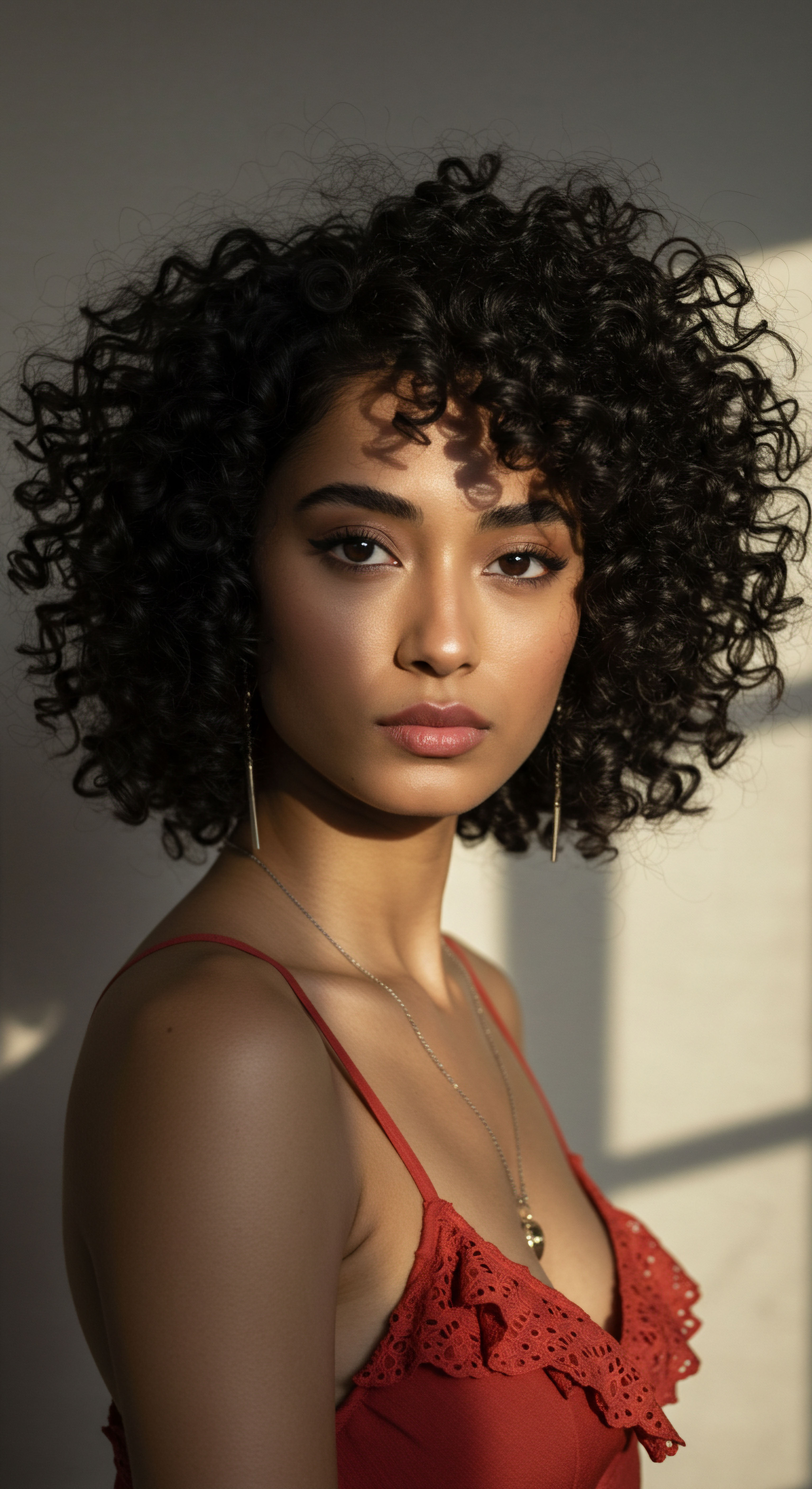
Relay
Beyond the surface considerations of comfort and hair preservation, a deeper examination of bonnets and scalp air circulation necessitates a journey into the subtle yet significant interplay of biology, environment, and personal practice. Does the consistent covering of the scalp, night after night, alter the fundamental biological processes that govern its health and the vitality of our hair? This line of questioning moves us beyond anecdotal experience into the realm of scientific observation and nuanced understanding.
The scalp’s microbiome, that intricate community of bacteria and fungi residing on its surface, is particularly sensitive to changes in its immediate surroundings. When the scalp is consistently occluded by a bonnet, the resulting increase in temperature and humidity can create a microclimate conducive to the proliferation of certain microbial species. For instance, studies indicate that occluded skin regions tend to exhibit higher populations of microorganisms that thrive in moist conditions, such as certain Gram-negative bacilli, coryneforms, and Staphylococcus aureus. An alteration in this microbial balance, known as dysbiosis, can sometimes lead to scalp concerns, including itchiness, flaking, or even conditions like seborrheic dermatitis.
A particular area of discussion surrounds the scalp’s pH balance. The skin’s surface typically maintains a slightly acidic pH, which acts as a natural defense mechanism against the overgrowth of pathogenic microorganisms. Prolonged occlusion can lead to an elevation in scalp pH, shifting it towards a more alkaline state.
This shift can weaken the scalp’s protective barrier, rendering it more vulnerable to irritation and potentially allowing for the opportunistic growth of certain bacteria and fungi. This change in pH, while often subtle, can influence the overall health and resilience of the scalp over time.

How Does Prolonged Occlusion Affect Scalp Hydration?
While the general consensus suggests that occlusion can lead to increased moisture retention on the skin, the direct impact on scalp hydration under head coverings presents a more complex picture. A study examining scalp hydration and pH values in hijab-wearing women and non-hijab-wearing women revealed an interesting finding ❉ no statistically significant difference in scalp hydration and pH values between the two groups was observed. This suggests that while occlusion can certainly influence the scalp’s microenvironment, other factors, such as individual hygiene practices, underlying scalp conditions, and the absence of moisture from wet hair, play a significant role in mitigating potential adverse effects. The research highlights that the presence of a covering itself does not automatically equate to compromised scalp health, provided other healthy practices are maintained.
This finding encourages a more thoughtful consideration of bonnet use. It points towards the idea that while a bonnet does reduce direct air circulation, the scalp possesses adaptive mechanisms, and the impact is not uniformly detrimental. The key lies in understanding the interplay of variables.
A bonnet worn over a clean, dry scalp, made of a breathable material, and used as part of a holistic hair care routine, may allow the scalp to maintain its equilibrium. Conversely, a bonnet worn over a perpetually damp or unclean scalp, regardless of material, could indeed create an environment less conducive to scalp health.
The sustained covering of the scalp by a bonnet subtly influences its microenvironment, impacting microbial balance and pH, yet individual practices hold significant sway in determining the overall effect.
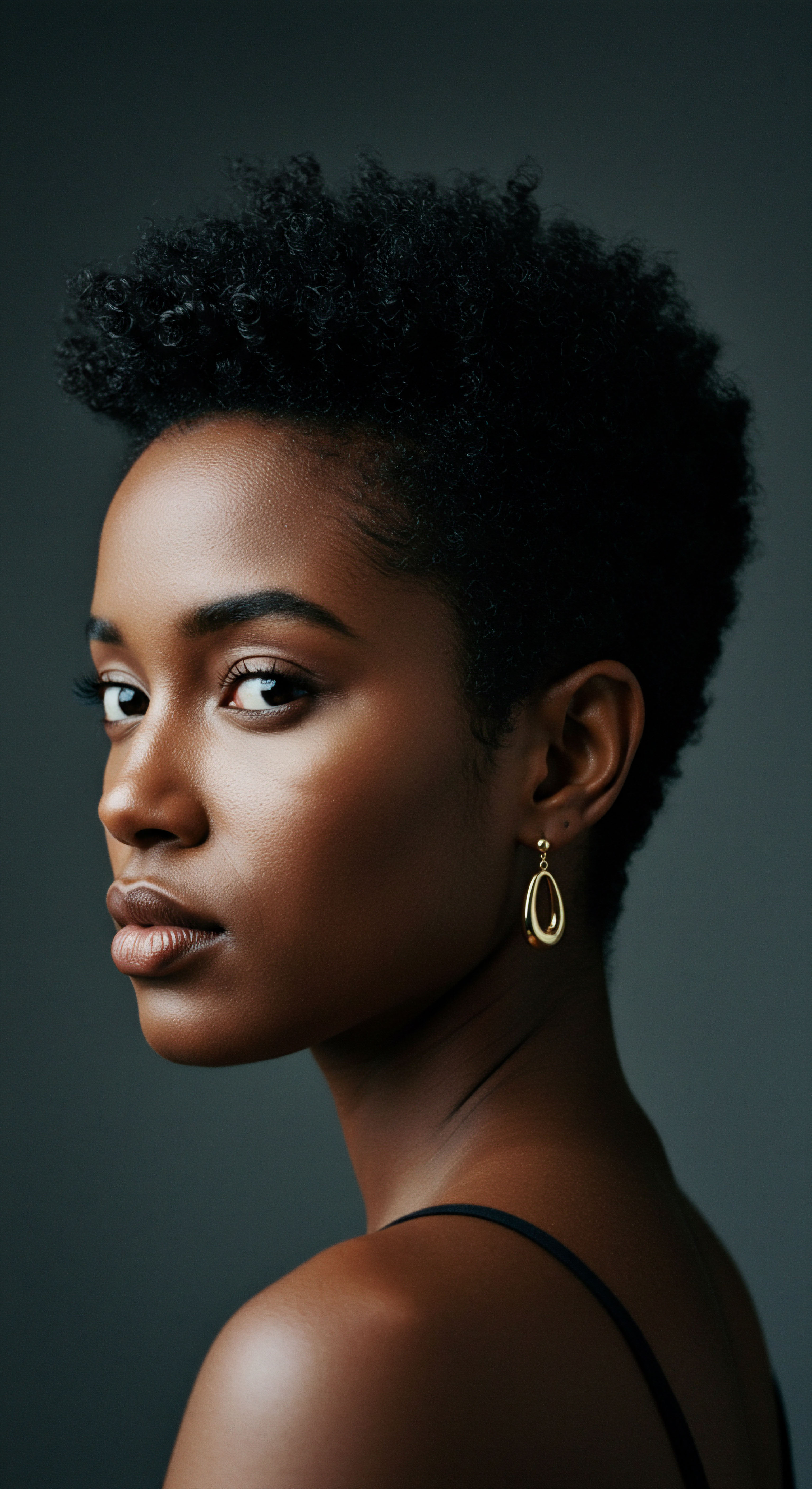
Can Bonnet Material Influence Scalp Temperature and Humidity?
The material composition of a bonnet directly influences the thermal and humidity dynamics beneath it. Fabrics vary in their ability to wick away moisture and allow heat to dissipate. A highly occlusive material, for instance, can create a warmer, more humid environment, which can feel uncomfortable and potentially lead to excessive perspiration. This is particularly relevant for individuals in warmer climates or those who naturally experience higher rates of nighttime sweating.
The accumulation of sweat and sebum, coupled with reduced evaporation due to restricted airflow, can lead to a feeling of dampness on the scalp. This persistent moisture can become a concern, as prolonged wetness can soften the stratum corneum, making it more permeable and potentially more susceptible to irritation or the growth of certain microorganisms. It also raises questions about the efficiency of natural cooling mechanisms, as evaporative cooling is diminished.
For those with textured hair, the desire to preserve moisture is a primary motivator for bonnet use. Textured hair types are often prone to dryness due to the structure of the hair shaft, which can make it challenging for natural oils to travel down the strand. Bonnets serve as a valuable tool in preventing moisture loss to external factors like absorbent pillowcases. The aim, then, becomes one of striking a balance ❉ retaining beneficial moisture within the hair while still permitting the scalp to function optimally, including some degree of air exchange.
The discussion around bonnets and scalp air circulation moves beyond a simple ‘yes’ or ‘no’ answer. It compels us to consider the intricate biological systems at play, the diverse cultural practices that shape our routines, and the individual variations that make each person’s experience unique. The influence of a bonnet is not an isolated event; it is a component within a larger, dynamic system, where conscious choices about material, hygiene, and overall hair care practices hold considerable sway over the scalp’s ultimate well-being.
- Scalp PH ❉ The natural acidity of the scalp, typically around pH 5.5, serves as a protective barrier against microbial overgrowth. Occlusion can shift this balance.
- Microbial Balance ❉ The community of bacteria and fungi on the scalp, the microbiome, can be influenced by changes in temperature and humidity under a bonnet.
- Material Breathability ❉ The type of fabric used in a bonnet directly affects how much air and moisture vapor can pass through, influencing the scalp’s microclimate.
| Factor Bonnet Material |
| Influence on Scalp Environment Determines permeability to air and moisture. |
| Implication for Bonnet Use Choose breathable fabrics like silk or loose-weave synthetics. |
| Factor Bonnet Fit |
| Influence on Scalp Environment Tightness affects restriction of airflow. |
| Implication for Bonnet Use Opt for a comfortable, non-constricting fit. |
| Factor Hair Dampness |
| Influence on Scalp Environment Wet hair increases humidity within the bonnet. |
| Implication for Bonnet Use Ensure hair is largely dry before covering. |
| Factor Individual Perspiration |
| Influence on Scalp Environment Natural sweating contributes to moisture. |
| Implication for Bonnet Use Consider lighter materials or less frequent use if prone to heavy sweating. |
| Factor Scalp Hygiene |
| Influence on Scalp Environment Cleanliness impacts microbial balance. |
| Implication for Bonnet Use Maintain a consistent and effective cleansing routine. |
| Factor The cumulative effect of these elements shapes the scalp's response to bonnet wear. |
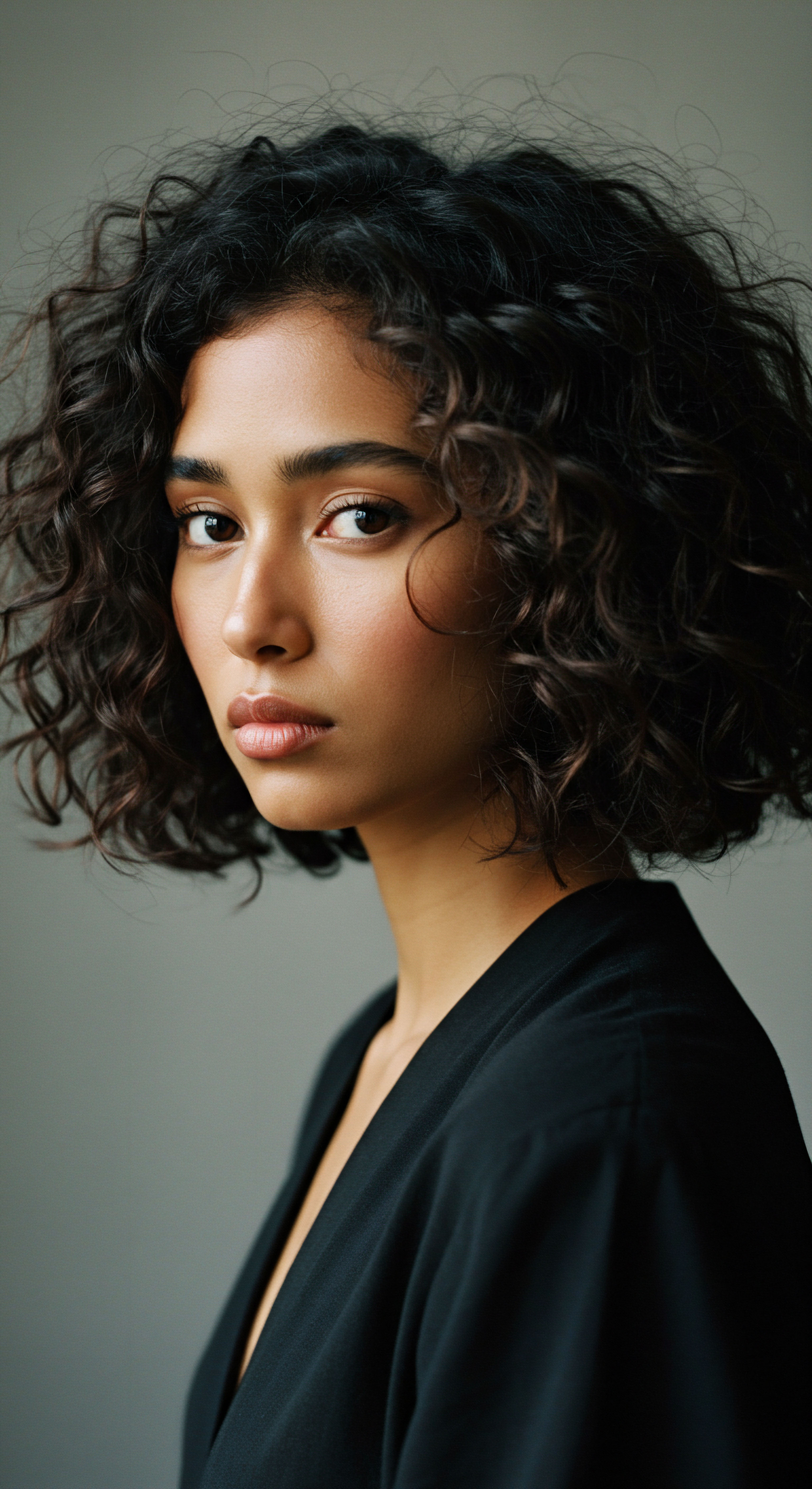
Reflection
The question of whether bonnets affect scalp air circulation invites us into a contemplative space, one where scientific inquiry meets cultural wisdom and personal experience. We discover that the answer is not a simple binary, but rather a nuanced interplay of factors. Bonnets, in their role as protective coverings, certainly create a localized microclimate around the scalp, influencing temperature and humidity. This altered environment can, in turn, affect the delicate balance of the scalp’s microbiome and its pH.
Yet, this understanding also reveals the remarkable adaptability of the scalp and the profound influence of conscious care. The material of the bonnet, its fit, the dampness of the hair beneath it, and the individual’s broader hair care practices all play a part in shaping the outcome. The cherished ritual of covering hair, a practice with deep cultural roots, can coexist with a healthy scalp, provided that attention is paid to the details of its application.
It becomes a dance between protection and ventilation, between preserving moisture and allowing the scalp to breathe its own quiet breath. The journey towards truly understanding our hair and scalp is one of continuous observation, learning, and gentle adaptation.
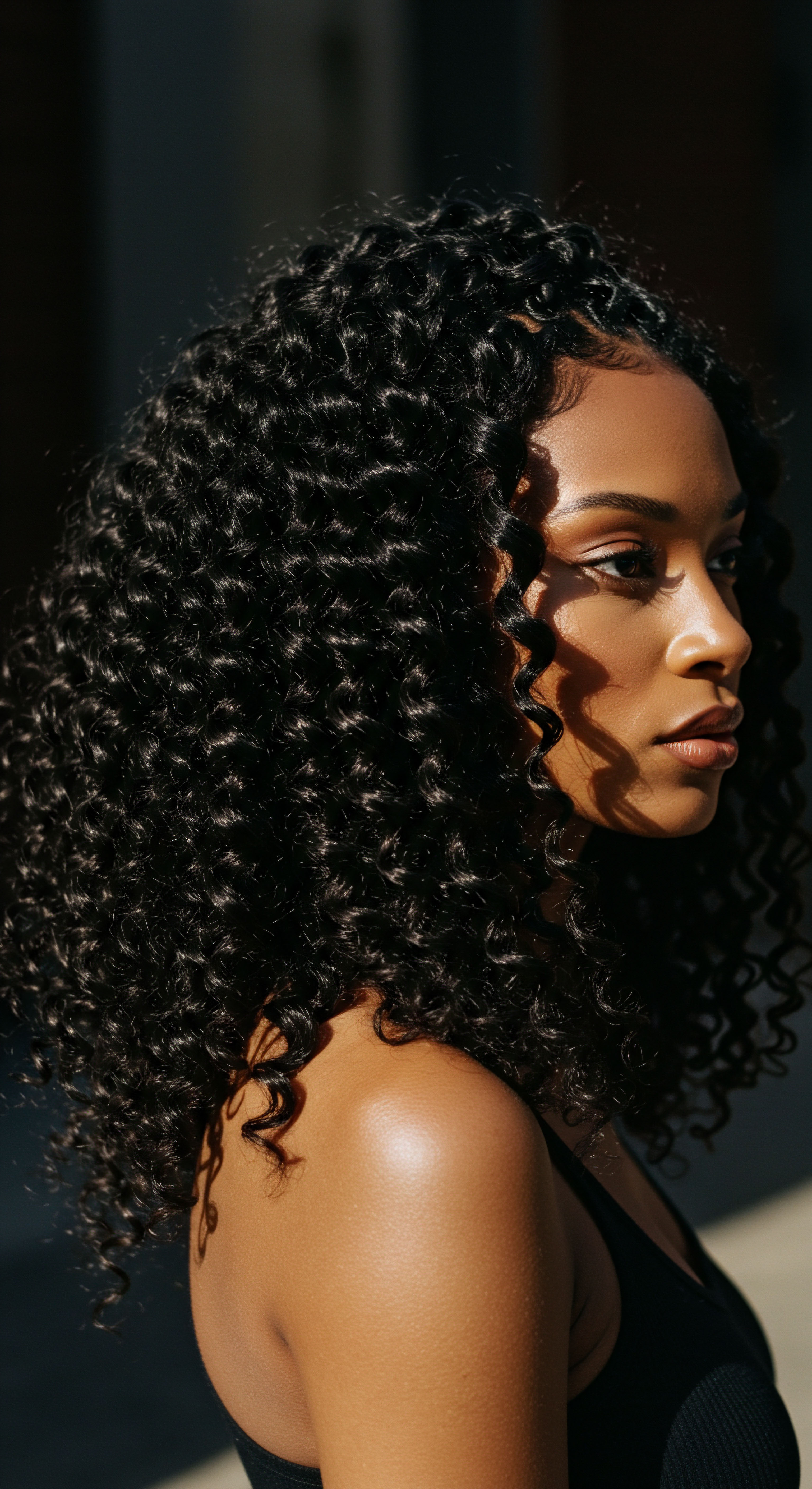
References
- Chandrashekar, B. S. (Year). IADVL Textbook of Trichology. Jaypee Brothers Medical Publishers.
- Malakar, S. (Year). Trichoscopy ❉ A Text and Atlas. Jaypee Brothers Medical Publishers.
- Setyaningsih, N. Djuanda, S. & Sumaryati, S. (2023). Evaluation of Scalp Hydration and pH Values in Hijab-Wearing and Non-Hijab-Wearing Women. International Journal of Women’s Dermatology, 9(4), e074.
- Robbins, C. R. (Year). Chemical and Physical Behavior of Human Hair. Springer.
- Filstrup, M. (2025). The Turban ❉ A History from East to West. The University of Chicago Press.
- Scott, G. (2004). Headwraps ❉ A Global Journey. Gibbs Smith.
- Griebel, H. B. (Year). The African American Woman’s Headwrap ❉ Unwinding the Symbols. (Specific publication details would need to be verified, often cited in academic papers).
- Koike, K. (Ed.). (2024). Special Issue ❉ Recent Advance in Hair Science and Hair Care Technologies. Cosmetics. (This is a special issue, so individual articles within it would be cited more specifically, but the issue itself can be referenced for scope).
- Setyaningsih, N. Djuanda, S. & Sumaryati, S. (2023). Evaluation of Scalp Hydration and pH Values in Hijab-Wearing and Non-Hijab-Wearing Women. International Journal of Women’s Dermatology, 9(4), e074.
- Kim, S. J. et al. (2024). Relationship between the bacterial community structures on human hair and scalp. Journal of Cosmetic Science (Specific journal and publication details would need to be verified, but similar studies exist).